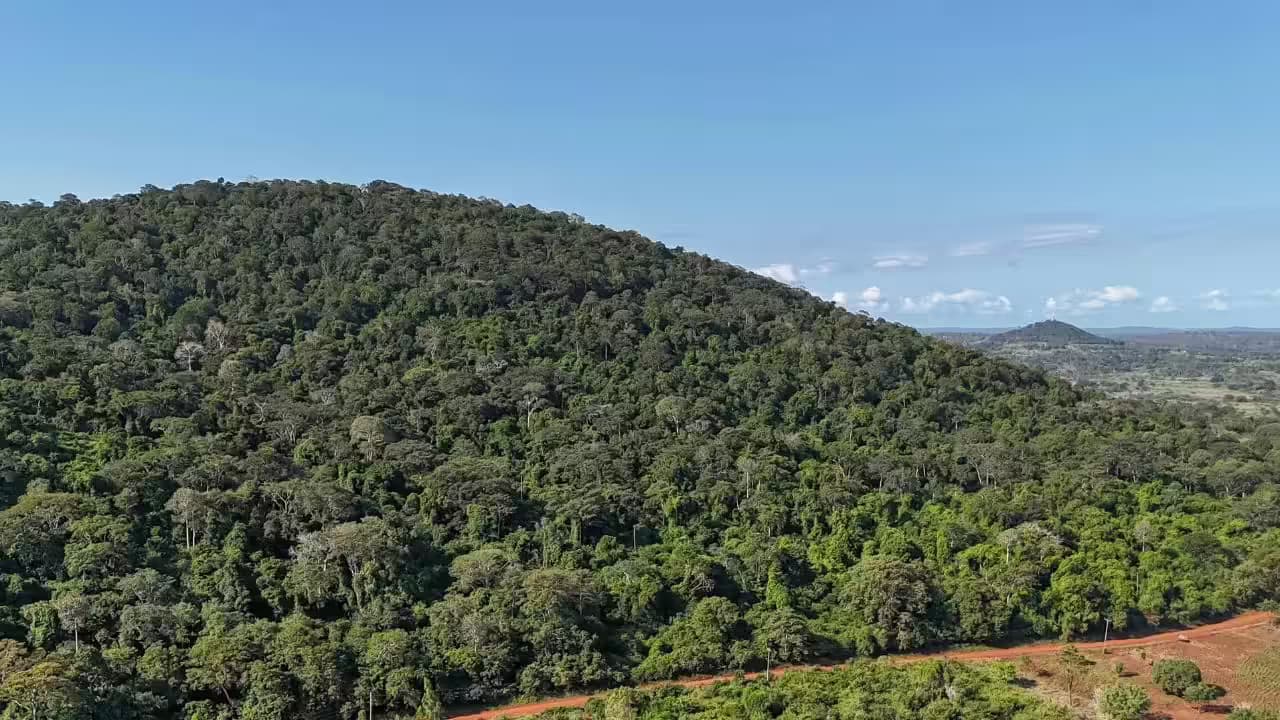We're loading the full news article for you. This includes the article content, images, author information, and related articles.
A vast deposit of rare earth minerals in Kwale County, valued at over KSh 8 trillion ($62 billion), is placing Kenya at the center of a global economic contest between the United States and China, raising critical questions about the nation's strategy for managing its strategic resources.

Mrima Hill, a forested area in Kenya’s Kwale County, has become a new frontier in the escalating global competition for critical minerals between the United States and China. The hill holds one of Africa's most significant deposits of rare earth elements (REEs) and niobium, with early estimates by Cortec Mining Kenya placing the potential value at over KSh 8 trillion ($62.4 billion). These minerals are indispensable for manufacturing high-tech products, including smartphones, electric vehicles, renewable energy systems, and advanced military technology.
The strategic importance of these resources has not been lost on global powers. Washington, under the Trump administration, has identified securing critical mineral supply chains as a key foreign policy objective to reduce its reliance on China, which currently dominates the global market. China is responsible for approximately 70% of global rare earth mining and nearly 90% of processing, giving it significant leverage. This dominance has prompted the U.S. to actively seek partnerships in Africa to ensure its mineral resources flow “west, not east to China,” according to a U.S. State Department spokesperson in an October 2025 statement.
High-level diplomatic engagements underscore this growing interest. In June 2025, the then-interim U.S. Ambassador to Kenya, Marc Dillard, visited Mrima Hill. Furthermore, U.S. Vice President JD Vance is scheduled to visit Kenya from Thursday, November 24, to Sunday, November 27, 2025, following the G20 Summit in South Africa. While the official agenda covers trade and security, analysts suggest the visit is a strategic move to counter China's expanding economic footprint in the region and promote Western-backed investment in green energy and digital infrastructure. Reports also indicate that Chinese nationals have attempted to access the site in recent months but were denied entry by local guards.
Kenya's journey to exploit these resources has been fraught with legal and regulatory challenges. In 2013, the government revoked a 21-year mining license granted to Cortec Mining Kenya (a subsidiary of UK- and Canada-based Pacific Wildcat Resources), citing irregularities in the licensing process and the absence of a required Environmental Impact Assessment (EIA). The company contested the revocation, alleging it was a result of refusing to pay a bribe, a claim denied by the then-Mining Minister Najib Balala. The case concluded in 2018 with an international tribunal upholding the Kenyan government's decision.
Following this and other concerns about corruption, Kenya imposed a moratorium on issuing new mining licenses in 2019. This ban was recently lifted as part of broad reforms aimed at revitalizing the sector. The Kenyan government, under President William Ruto, aims to increase the mining sector's contribution to the Gross Domestic Product (GDP) from the current 0.8% to 10% by 2030. The reforms include creating a digital registry, offering tax incentives, and improving licensing transparency to attract foreign investment.
Amid this renewed push, new players are entering the scene. In April 2025, an Australian consortium of mining firms, RareX and Iluka Resources, announced it had submitted a joint proposal to the state-owned National Mining Corporation (NAMICO) to develop the Mrima Hill project. Their plan includes establishing a special purpose vehicle and potentially processing the Kenyan minerals at Iluka’s new refinery in Australia, which is being constructed with Australian government backing.
The prospect of large-scale mining has generated significant anxiety among the local Digo community, for whom Mrima Hill is a sacred forest, a source of livelihood, and ancestral land. Residents from at least five surrounding villages fear displacement, the destruction of cultural heritage sites, and the loss of farmland. The community remains divided, with some, like Mrima Hill Community Forest Association vice-chairman Mohammed Riko, expressing deep concern over potential exploitation and environmental damage, while others see an opportunity for economic advancement.
The environmental risks associated with rare earth mining are substantial. The extraction and processing of these minerals are water- and energy-intensive and can generate large quantities of hazardous and radioactive waste. These operations have been linked to soil and water contamination, which can have long-lasting impacts on local ecosystems and human health. As Kenya seeks to balance the immense economic opportunity of Mrima Hill with the need for environmental protection and social equity, the government's ability to enforce strong regulations and ensure transparent benefit-sharing with the local community will be paramount. The nation stands at a crossroads, with the decisions made today set to determine the long-term legacy of its KSh 8 trillion mineral wealth.
Keep the conversation in one place—threads here stay linked to the story and in the forums.
Other hot threads
E-sports and Gaming Community in Kenya
Active 7 months ago
Popular Recreational Activities Across Counties
Active 7 months ago
The Role of Technology in Modern Agriculture (AgriTech)
Active 7 months ago
Investing in Youth Sports Development Programs
Active 7 months ago